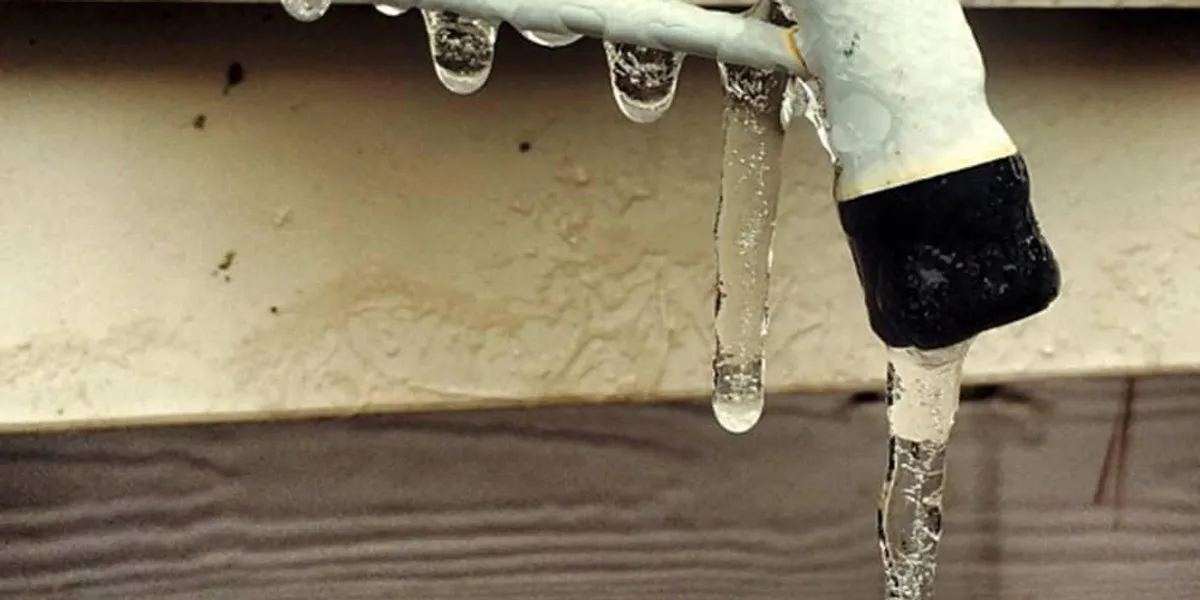Have you been trying to locate information and facts around Winter Plumbing Precautions: Preventing Frozen Pipes?

Cold weather can ruin your pipes, specifically by freezing pipelines. Right here's just how to avoid it from taking place and what to do if it does.
Intro
As temperatures decrease, the risk of icy pipelines increases, possibly causing costly repair services and water damage. Understanding just how to avoid frozen pipes is important for property owners in cold environments.
Avoidance Tips
Shielding at risk pipes
Cover pipelines in insulation sleeves or utilize warm tape to secure them from freezing temperature levels. Focus on pipes in unheated or outside areas of the home.
Home heating strategies
Keep indoor areas effectively heated up, specifically locations with pipes. Open up cupboard doors to allow warm air to flow around pipes under sinks.
Exactly how to recognize icy pipes
Try to find decreased water circulation from faucets, uncommon odors or sounds from pipelines, and noticeable frost on subjected pipelines.
Long-Term Solutions
Architectural changes
Think about rerouting pipes far from exterior walls or unheated areas. Include additional insulation to attic rooms, basements, and crawl spaces.
Updating insulation
Invest in top quality insulation for pipes, attics, and wall surfaces. Correct insulation aids keep regular temperatures and decreases the threat of icy pipelines.
Shielding Outdoor Plumbing
Yard hoses and outside taps
Disconnect and drain pipes garden pipes prior to winter season. Set up frost-proof faucets or cover exterior taps with protected caps.
Understanding Icy Pipes
What causes pipes to ice up?
Pipelines freeze when revealed to temperatures below 32 ° F (0 ° C) for extended durations. As water inside the pipes freezes, it broadens, taxing the pipeline wall surfaces and potentially causing them to break.
Risks and problems
Icy pipelines can result in water interruptions, building damage, and expensive repair services. Ruptured pipes can flood homes and cause considerable architectural damage.
Indications of Frozen Water Lines
Recognizing icy pipes early can prevent them from breaking.
What to Do If Your Pipelines Freeze
Immediate actions to take
If you presume icy pipes, maintain faucets open up to eliminate pressure as the ice thaws. Utilize a hairdryer or towels taken in warm water to thaw pipelines slowly.
Conclusion
Protecting against frozen pipes needs proactive procedures and fast responses. By comprehending the causes, indications, and safety nets, house owners can safeguard their pipes throughout cold weather.
5 Ways to Prevent Frozen Pipes
Drain Outdoor Faucets and Disconnect Hoses
First, close the shut-off valve that controls the flow of water in the pipe to your outdoor faucet. Then, head outside to disconnect and drain your hose and open the outdoor faucet to allow the water to completely drain out of the line. Turn off the faucet when done. Finally, head back to the shut-off valve and drain the remaining water inside the pipe into a bucket or container. Additionally, if you have a home irrigation system, you should consider hiring an expert to clear the system of water each year.
Insulate Pipes
One of the best and most cost-effective methods for preventing frozen water pipes is to wrap your pipes with insulation. This is especially important for areas in your home that aren’t exposed to heat, such as an attic. We suggest using foam sleeves, which can typically be found at your local hardware store.
Keep Heat Running at 65
Your pipes are located inside your walls, and the temperature there is much colder than the rest of the house. To prevent your pipes from freezing, The Insurance Information Institute suggests that you keep your home heated to at least 65 degrees, even when traveling. You may want to invest in smart devices that can keep an eye on the temperature in your home while you’re away.
Leave Water Dripping
Moving water — even a small trickle — can prevent ice from forming inside your pipes. When freezing temps are imminent, start a drip of water from all faucets that serve exposed pipes. Leaving a few faucets running will also help relieve pressure inside the pipes and help prevent a rupture if the water inside freezes.
Open Cupboard Doors
Warm your kitchen and bathroom pipes by opening cupboards and vanities. You should also leave your interior doors ajar to help warm air circulate evenly throughout your home.

I was made aware of that editorial about Preventing and dealing with frozen pipes through an acquaintance on another web property. Do you know about somebody else who is occupied with the niche? Be sure share it. Bless you for being here. Come back soon.
Call Us Now